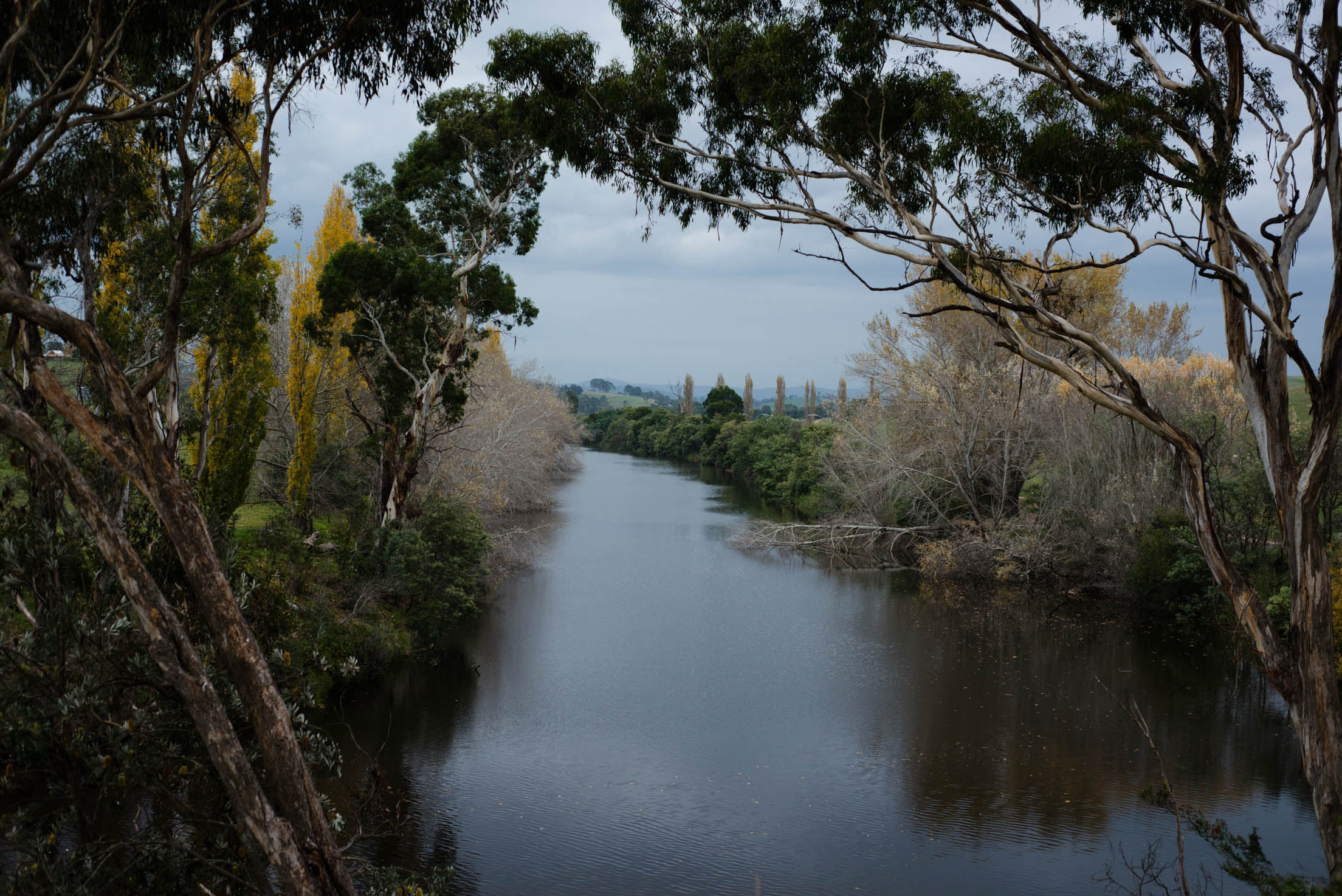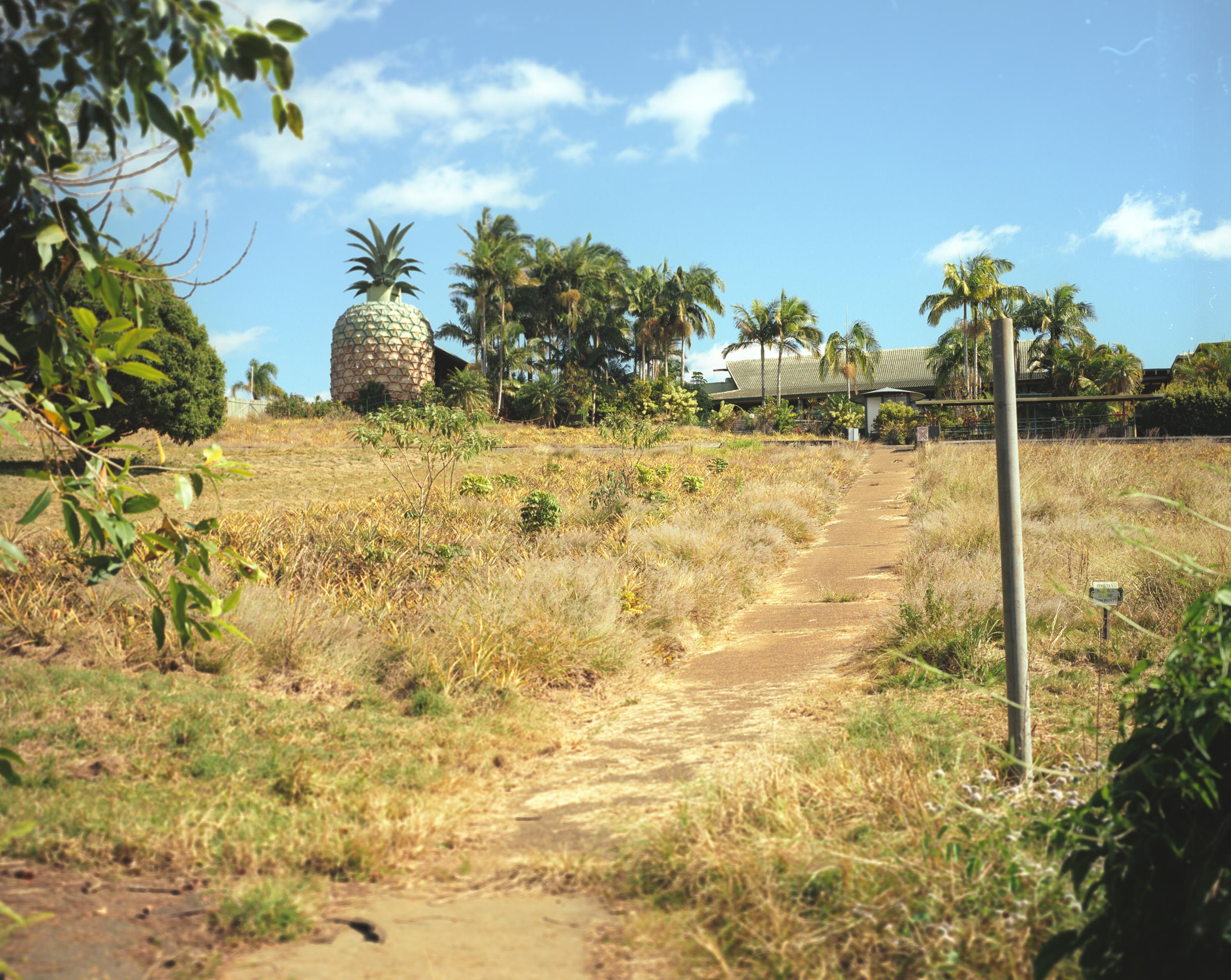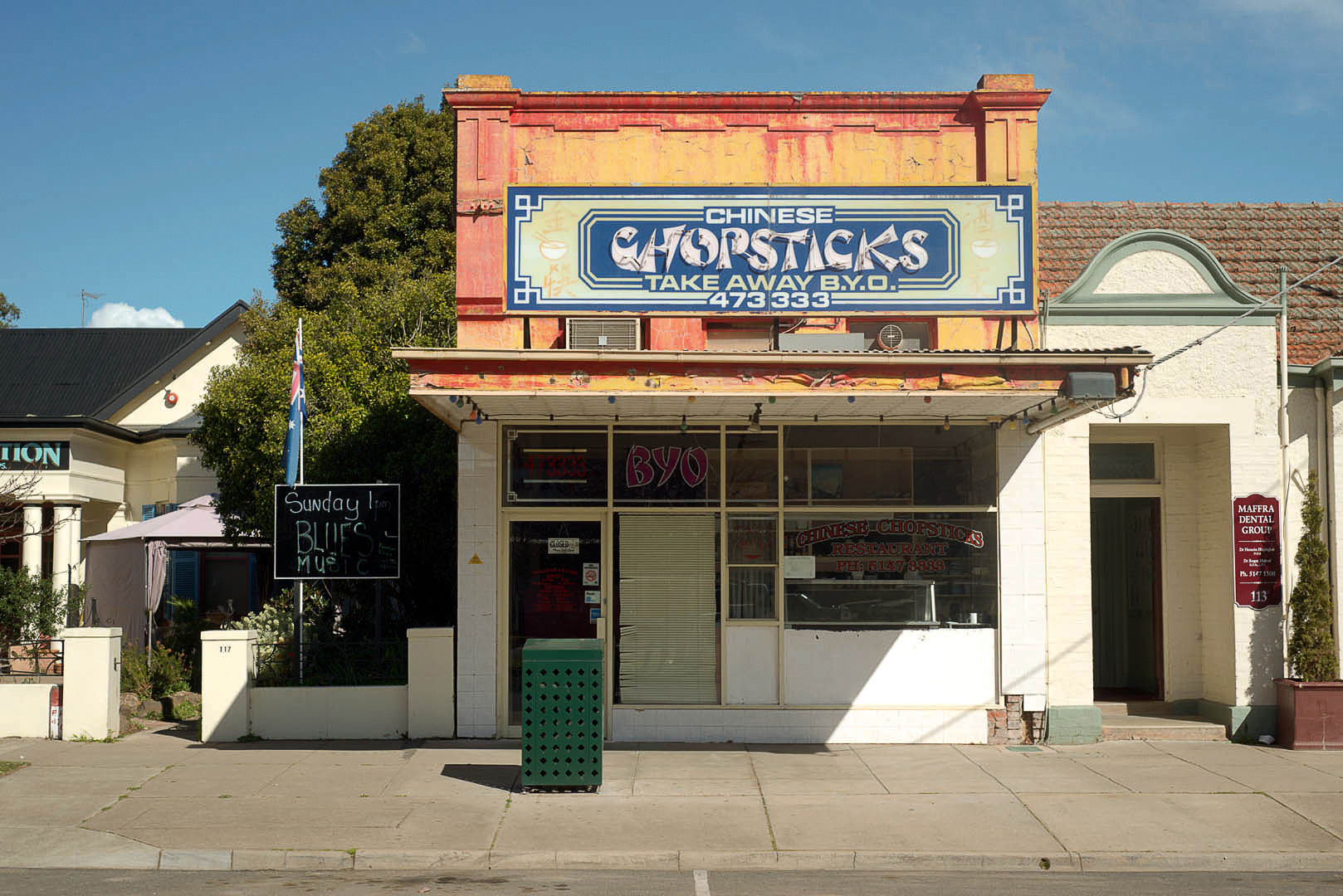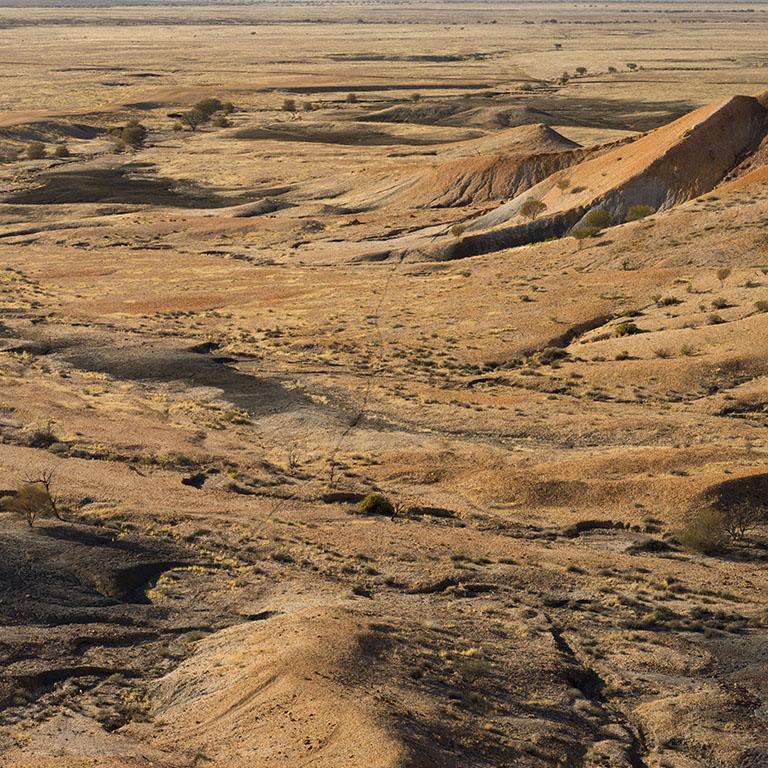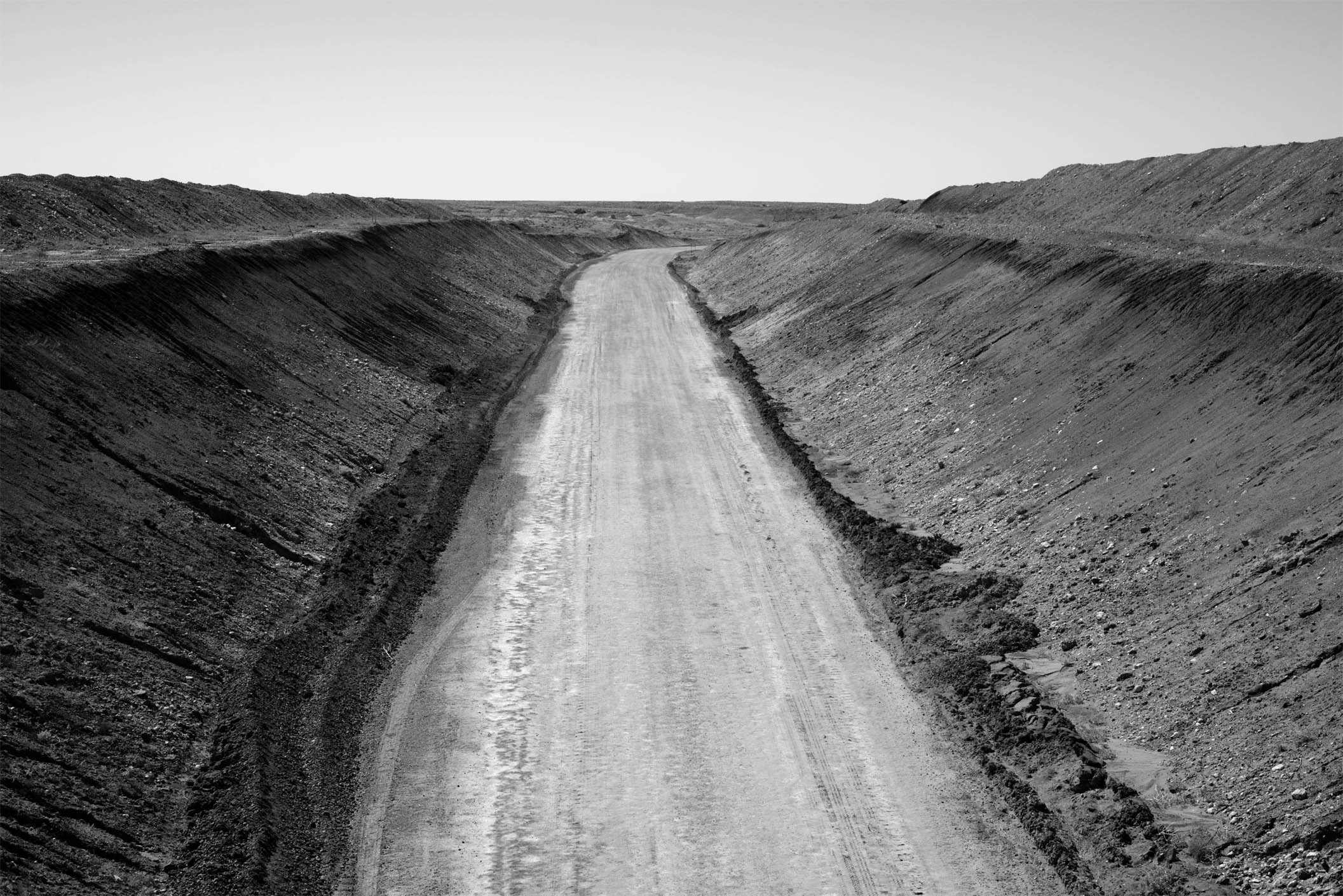
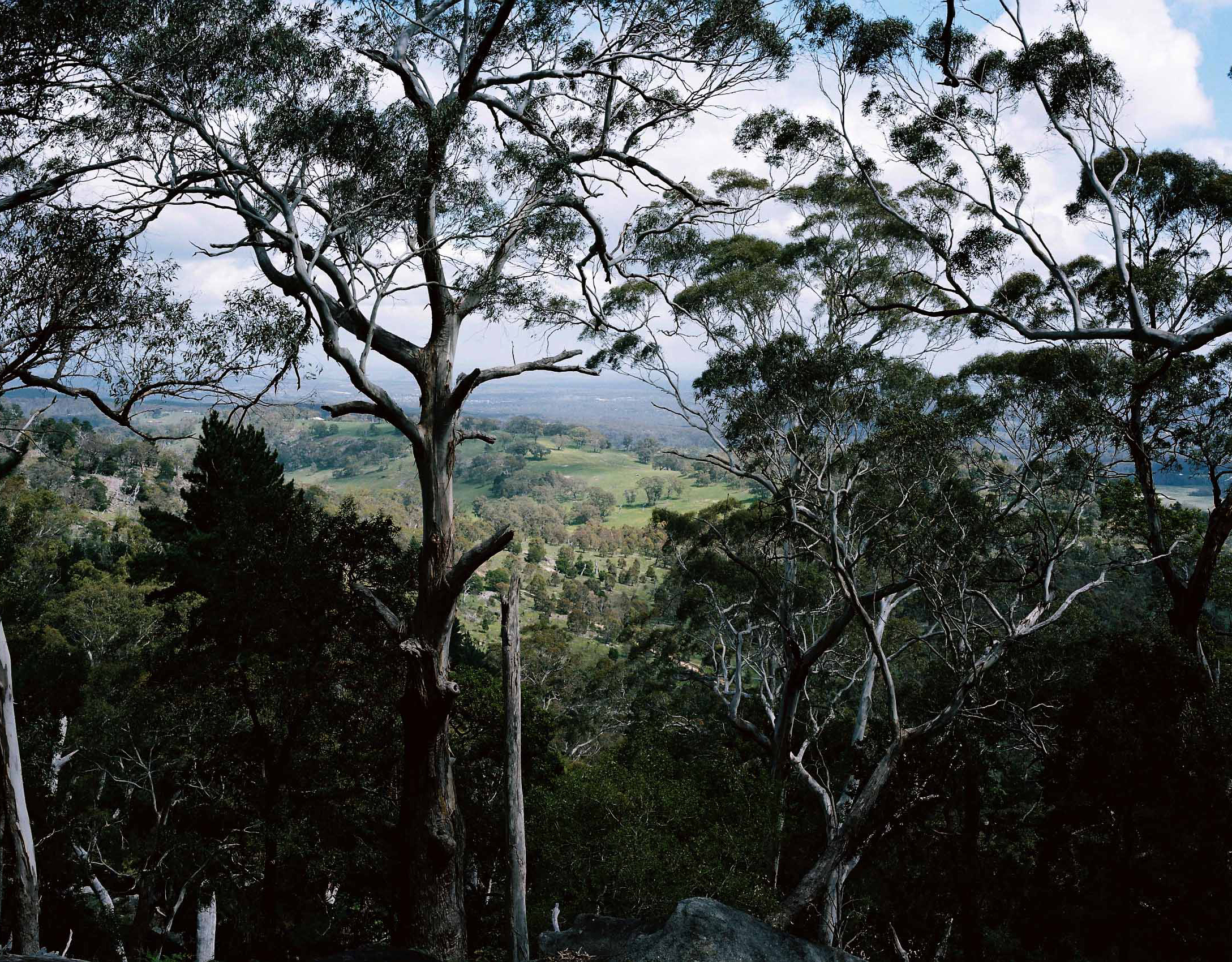

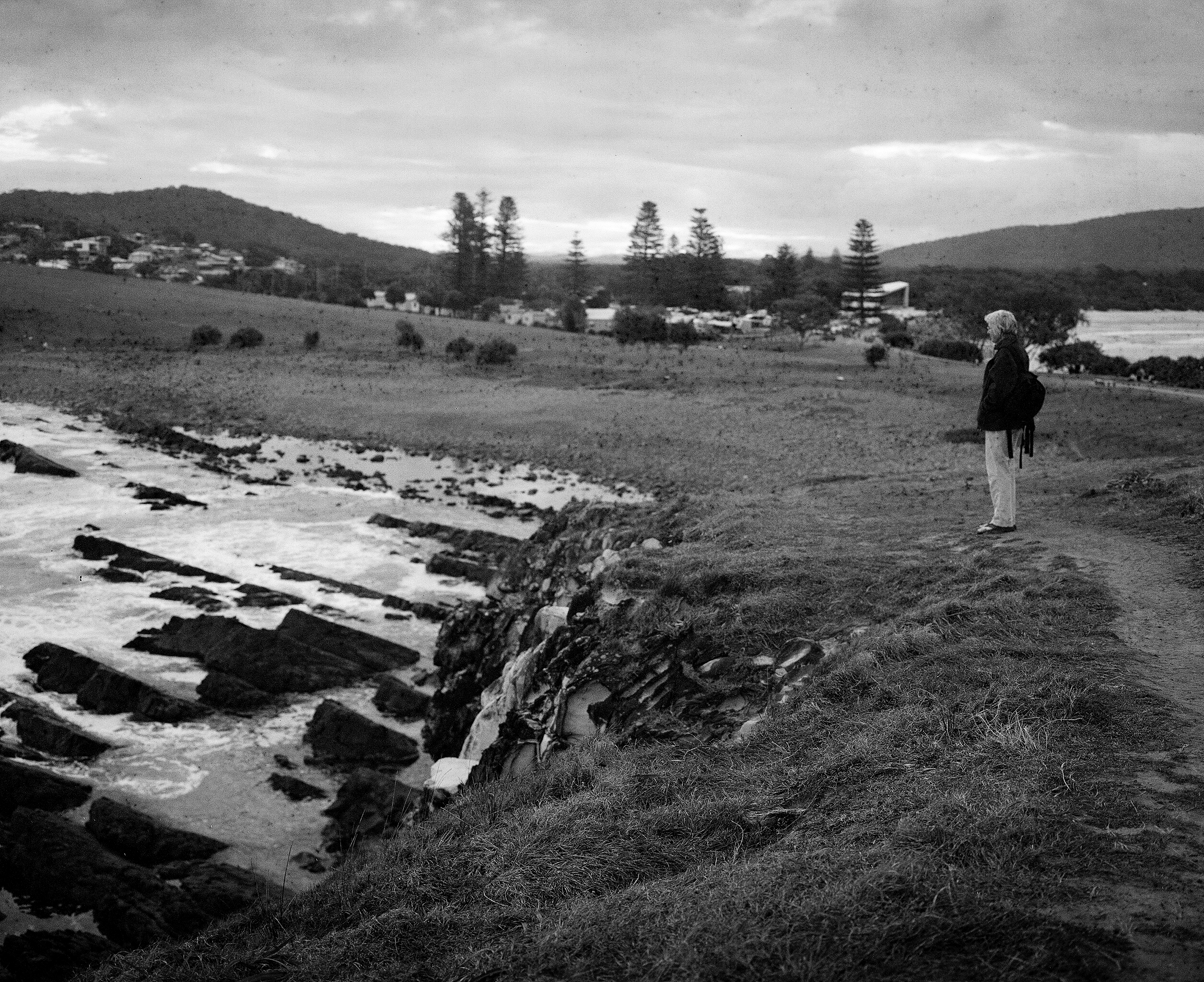
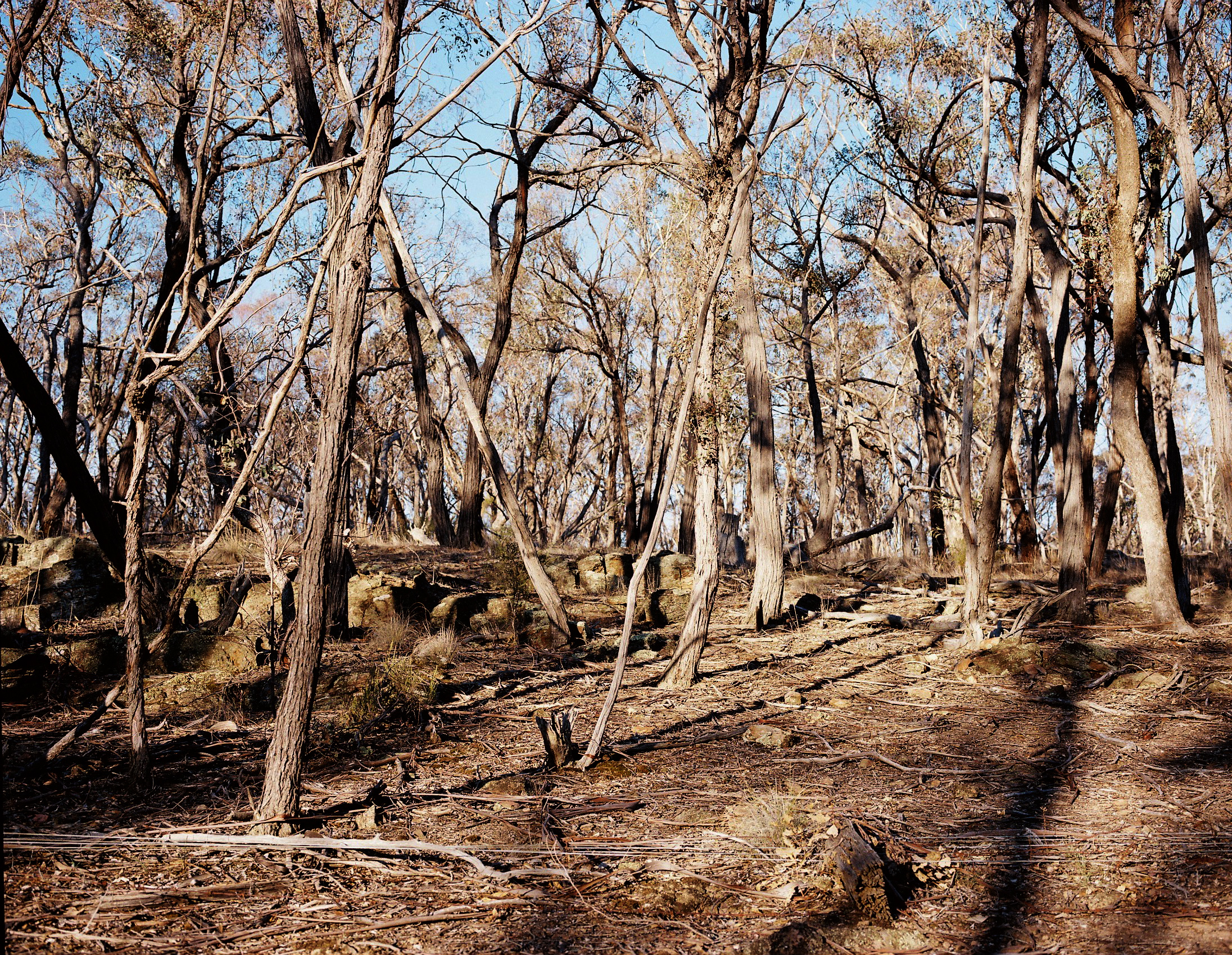
Melbourne,
Australia
2018
How do you think?


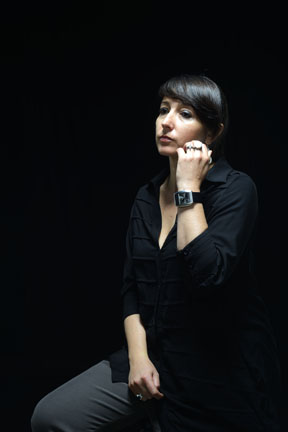


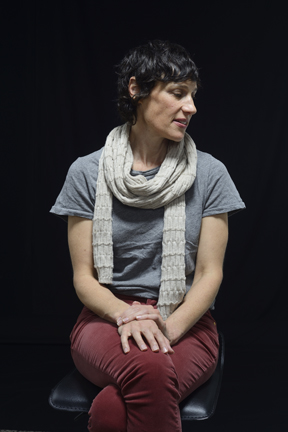
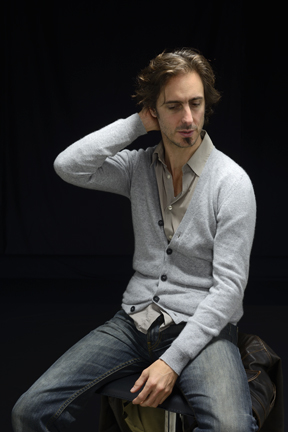

How do you think is a portrait project about the way people think.
After six years of studying and a career-change, I was interested in how we differ in generating, developing, and implementing our ideas while solving problems, working with others, and coming up with solutions. I photographed those closest to me—sound artists, performers, designers, a psychologist and a philosophy professor.
The images capture unconventional portraits of thought, where the viewer never captures the sitter’s gaze, and the sitters look inside their minds, struggling to answer this impenetrable question.
Australia,
2016 — present
1983 from the freezer
This project will finish when the film in my freezer runs out; there are 200+ rolls left.A colleague gifted me a stockpile of film in his freezer since 1983.
My only plan for the film was to shoot and observe how each roll turned out. After being frozen for three decades, the outcome varies; some mouldy, and some with unusual colour casts and shifts, but mostly, to my surprise, they survived.
The stockpile consists of AGFAColor 100s, IlfordXP1 400, Kodak XPan black and white, and Kodak Vericolor 2.
I started out using the method to account for old film, a stop per decade, then just started shooting as is, which also worked fine.
The AGFA and Ilford have been my favourites to shoot; I've enjoyed the blue tones of AGFA, and I love Ilford black and white film, from any decade!



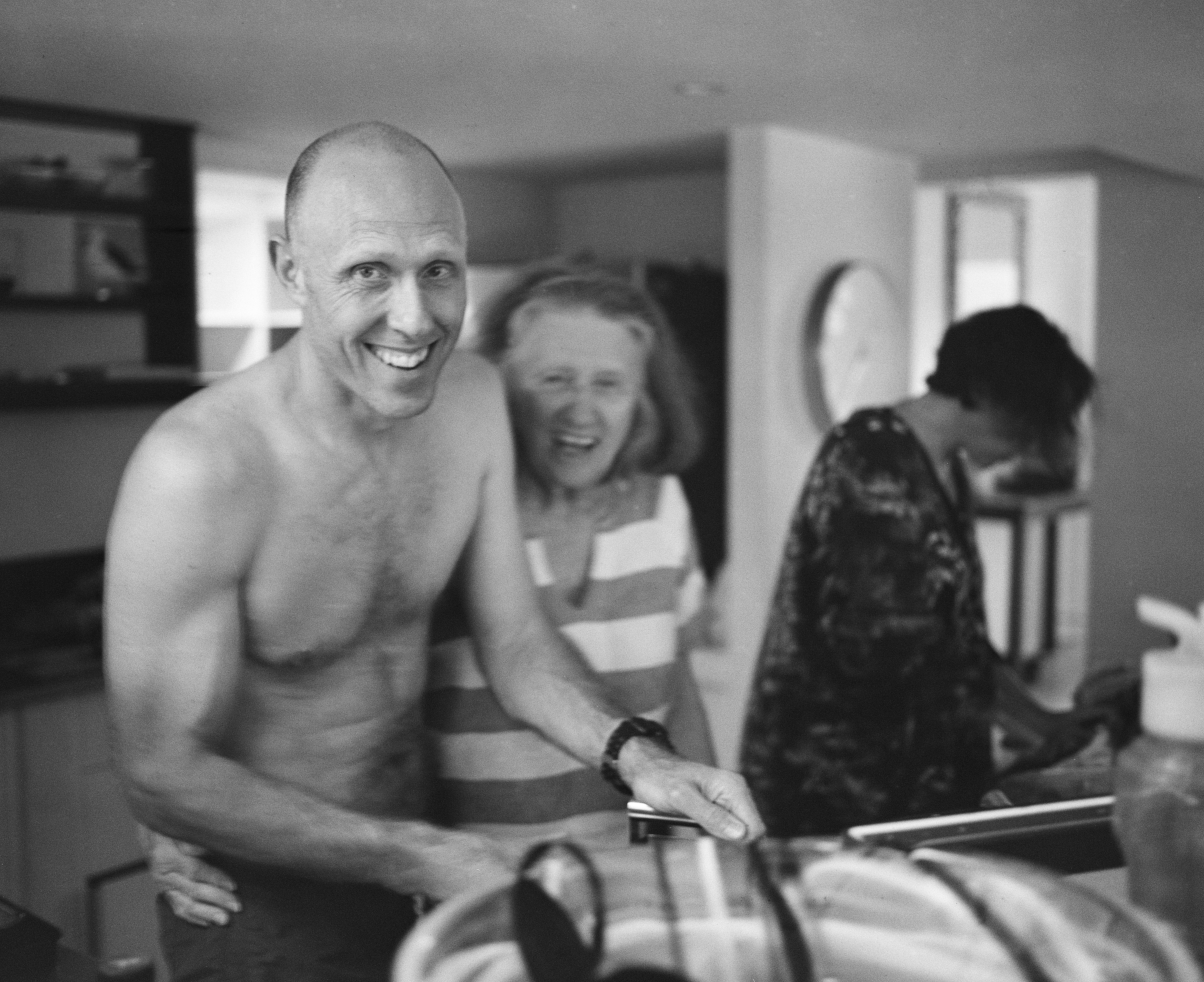

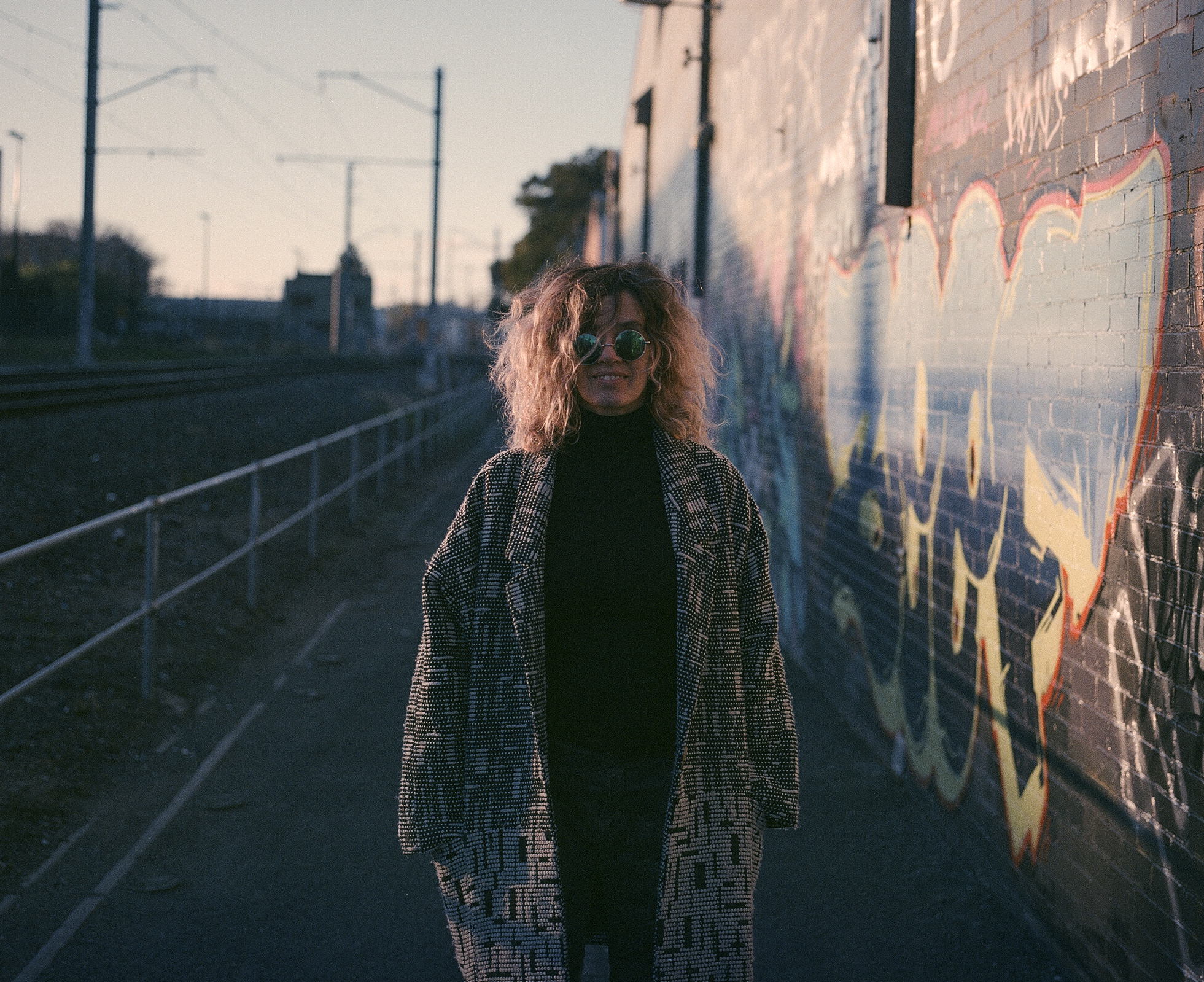
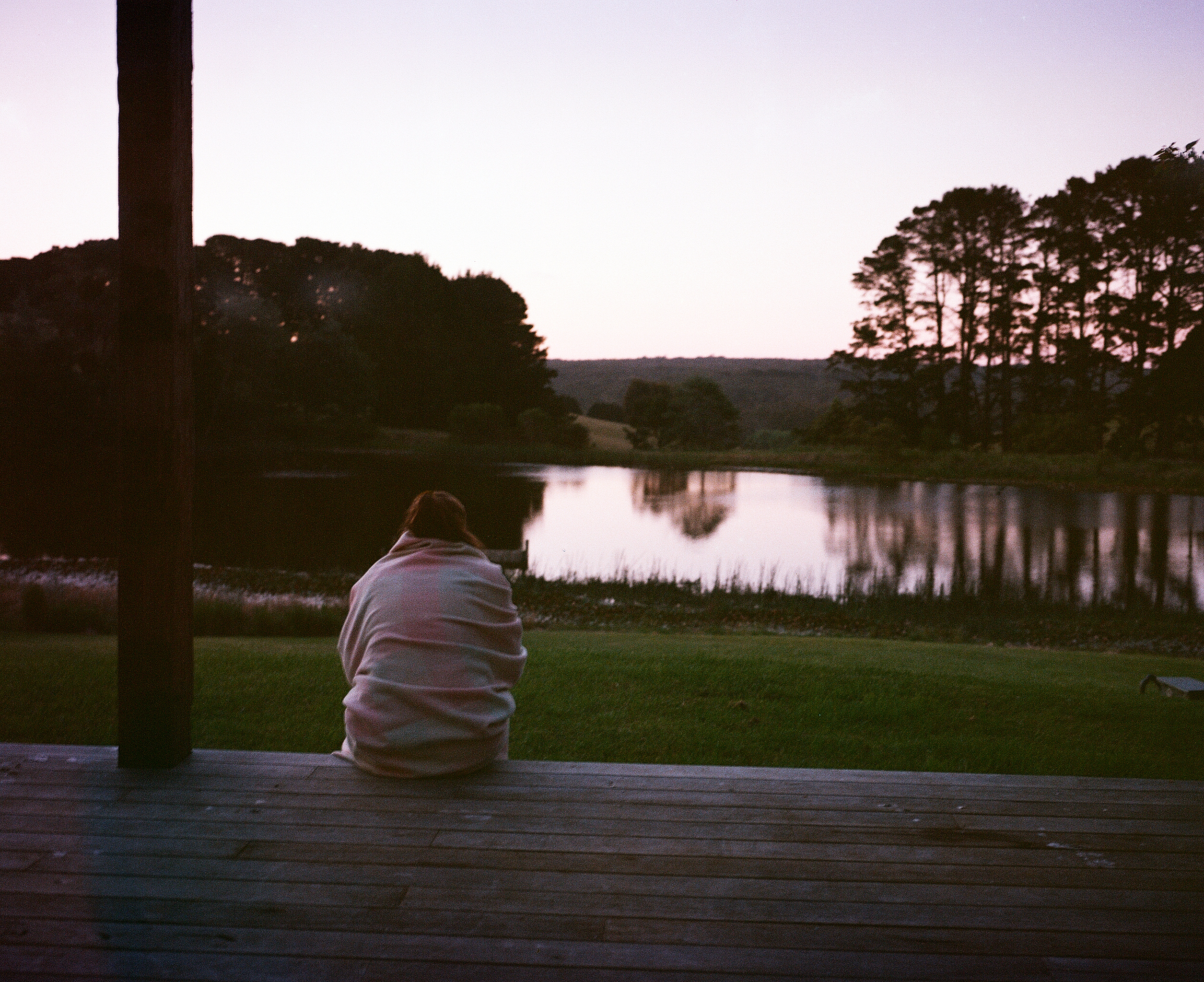
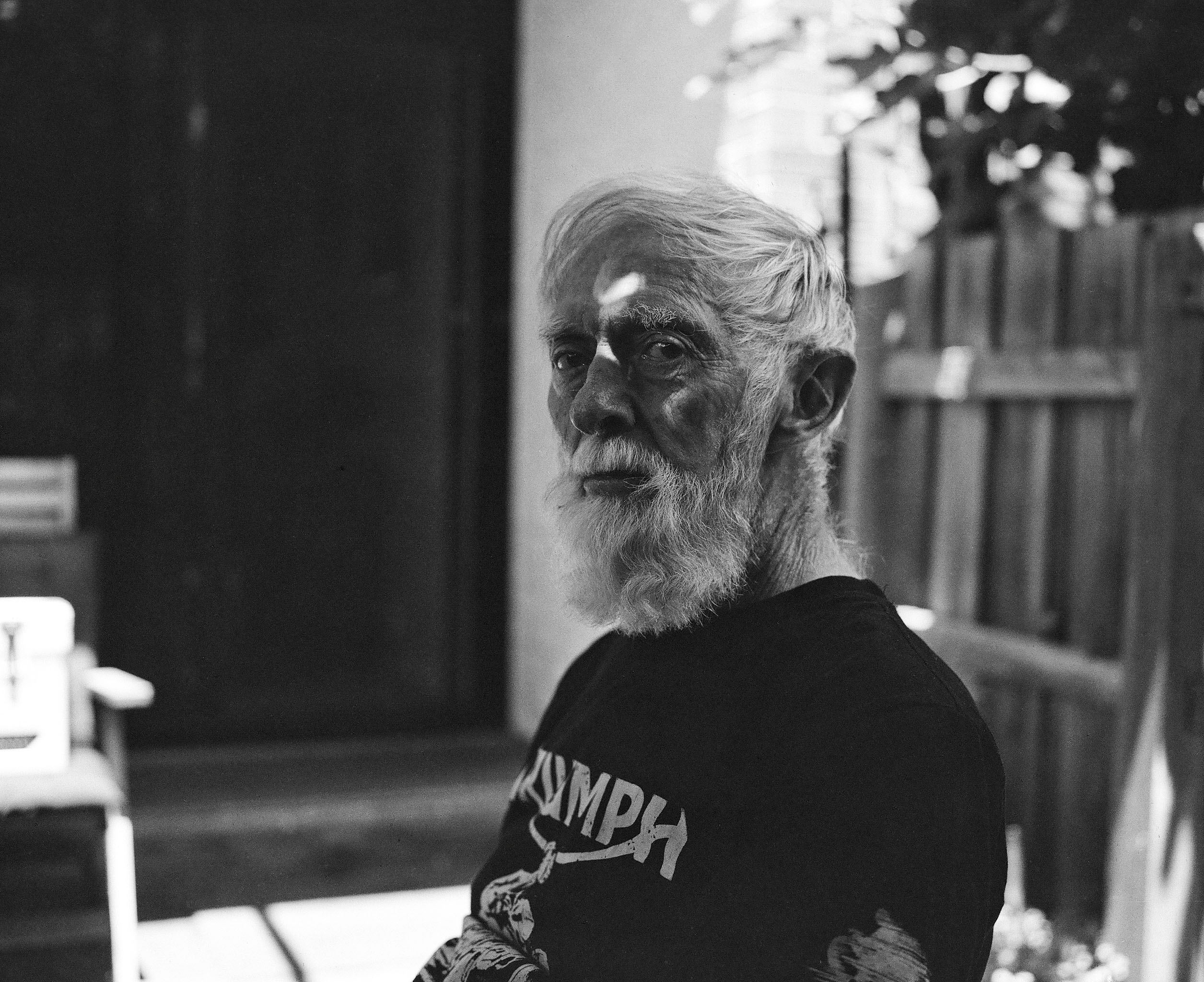


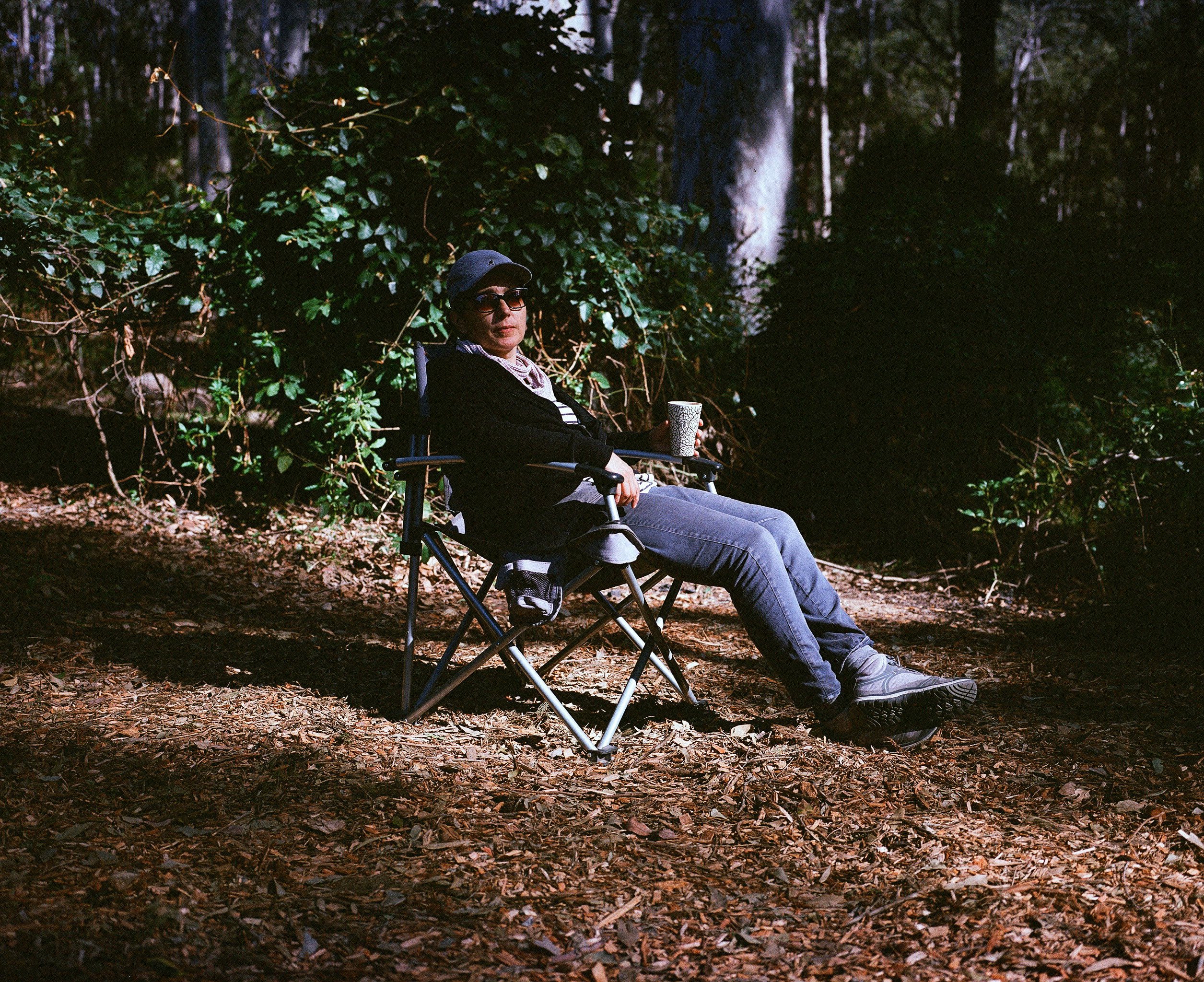

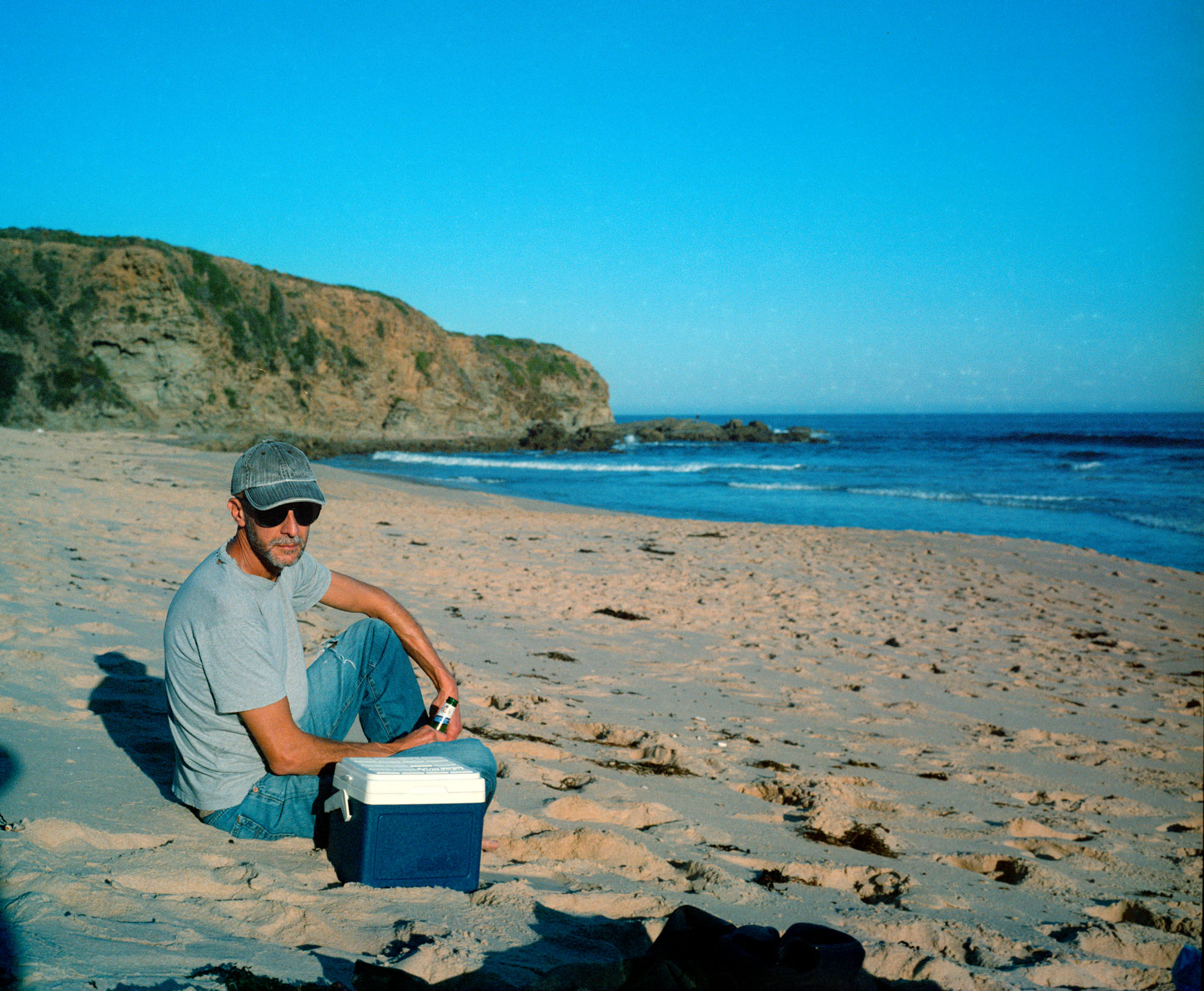




East Gippsland,
Australia,
2016 — present
We are our landscape










With the permission of Elders on the Gunaikurnai Land and Waters Aboriginal Corporation , 0n 24 October 2012, I started a series of landscape portraits at Boney Point in East Gippsland, aptly named by locals after Angus McMillian and his men took the lives of an unknown number of Gunaikurnai people there in 1840.
The images I took that day were the catalyst to begin this project.
In the libraries, cultural centres, and online portals of East Gippsland, I quickly found maps and documentation of the 1836–1853 killings of the Gunaikurnai. The project took me on a journey through a most brutal history, a history that I could not help but imagine alongside that of my own ancestors. They were timberfellas and tradespeople, and they built and erased landscapes in the name of progress.
In many ways I felt I had no right to be taking these photos, but I wanted to know more about what the region’s colonisers (and my own forebears) had done to and thought about the people who had been living in these places for 70,000 years, and their rich culture and deep knowledge.
I hope that they did the right thing, but not many did.




Sculptures of Melbourne
This photographic series illustrates Mark Holdsworth’s book, Sculptures of Melbourne, which tells the story of shifting trends in public sculpture in Victoria’s capital.
When Melbourne was established, sculpture was heavily influenced by the colonial legacy of neo-classical bronze and marble statues.
From 1980 onwards, public sculpture changed dramatically, not only in style but in materials, location, and sheer numbers—from corporate modernism, to unofficial temporary installations found in laneways, to controversial contemporary modernist sculptures such as the ‘Yellow Peril’.
A landscape series, 2018 - present
Statewide series
